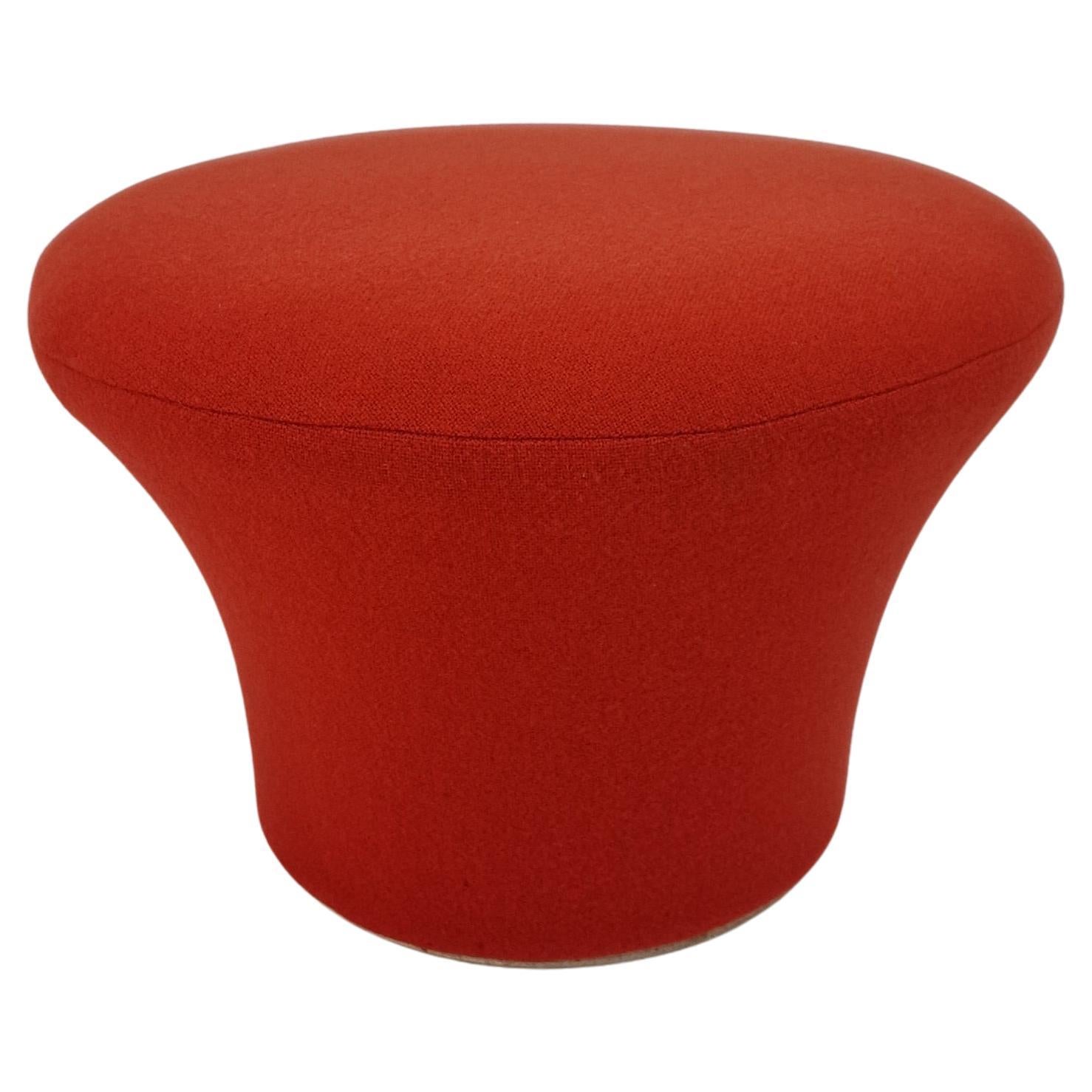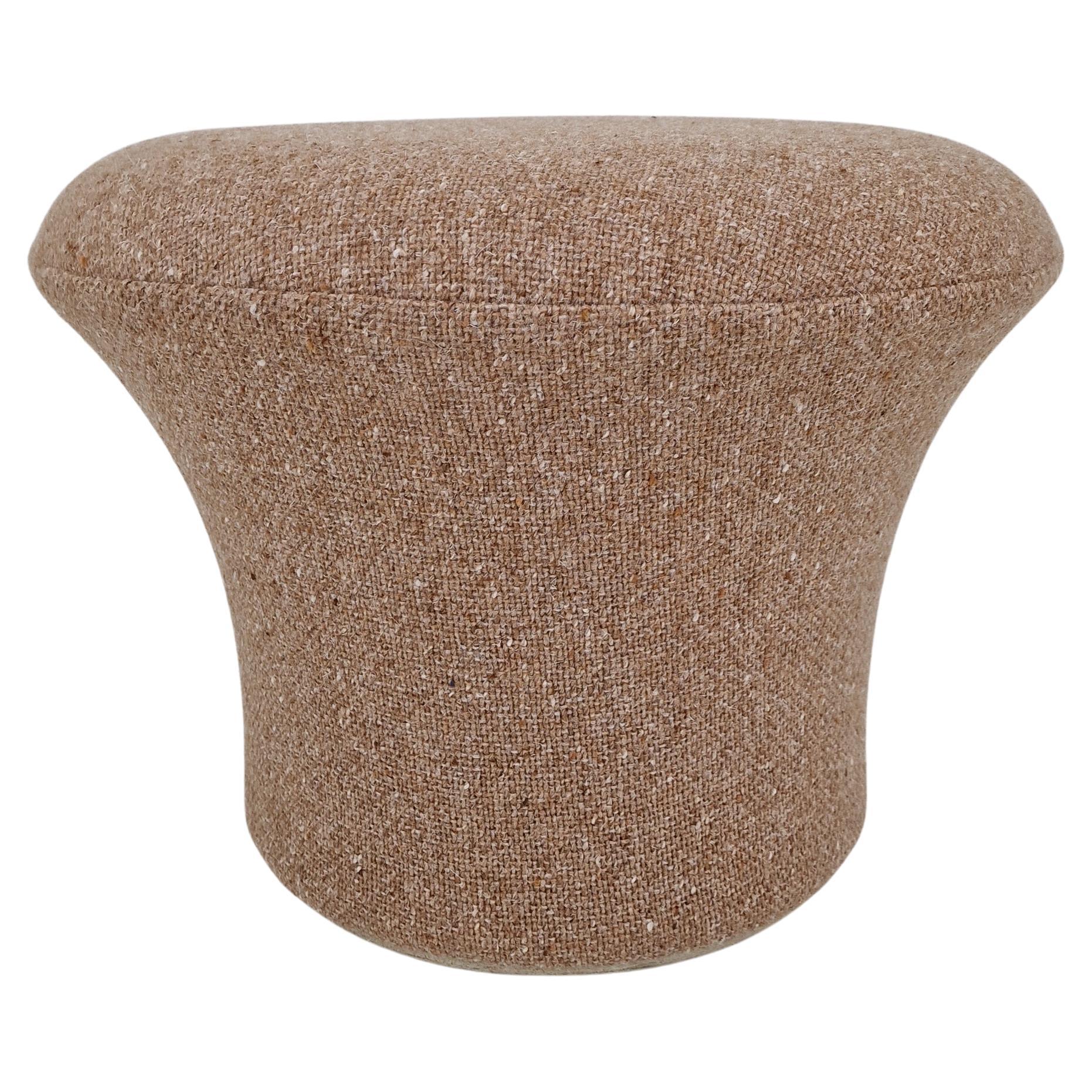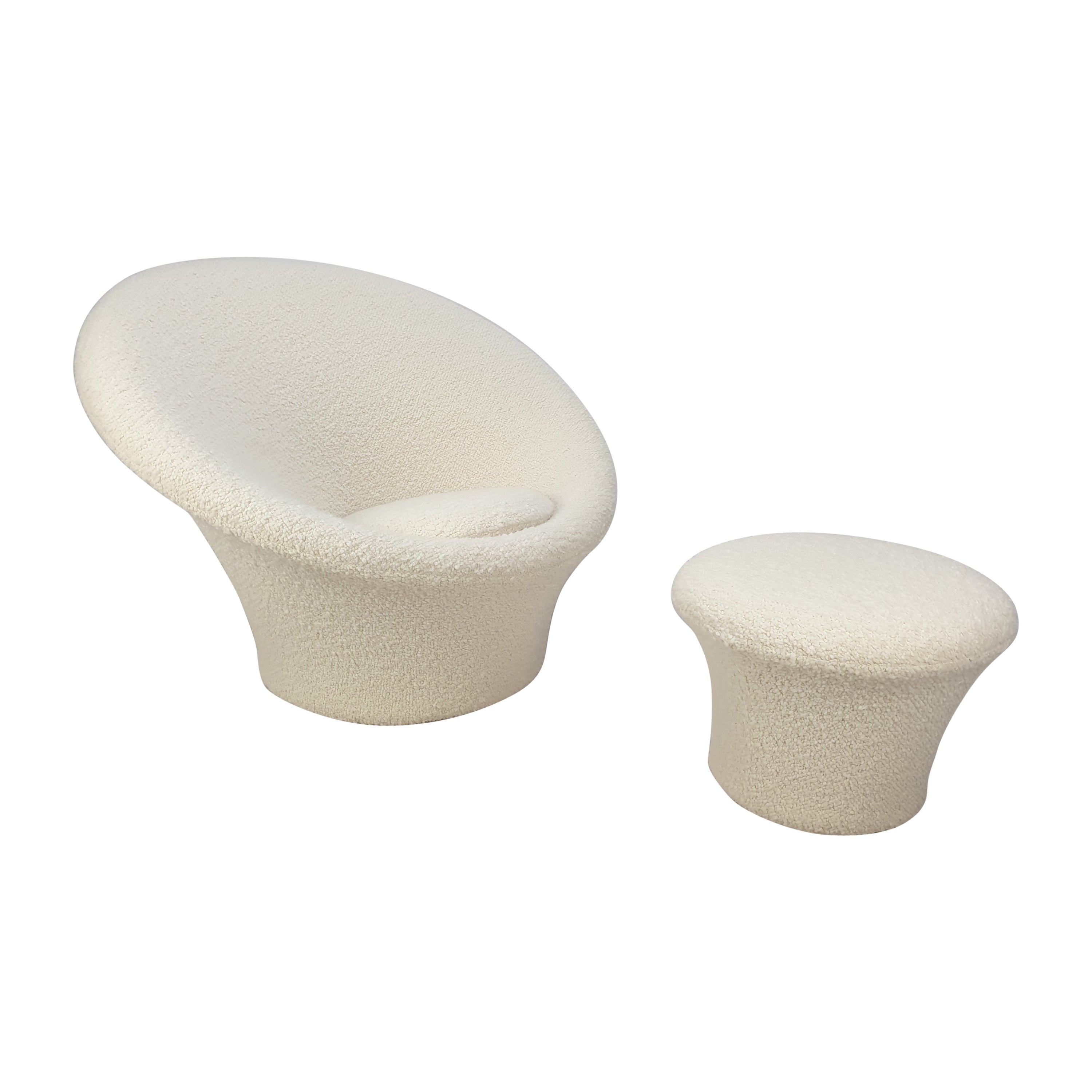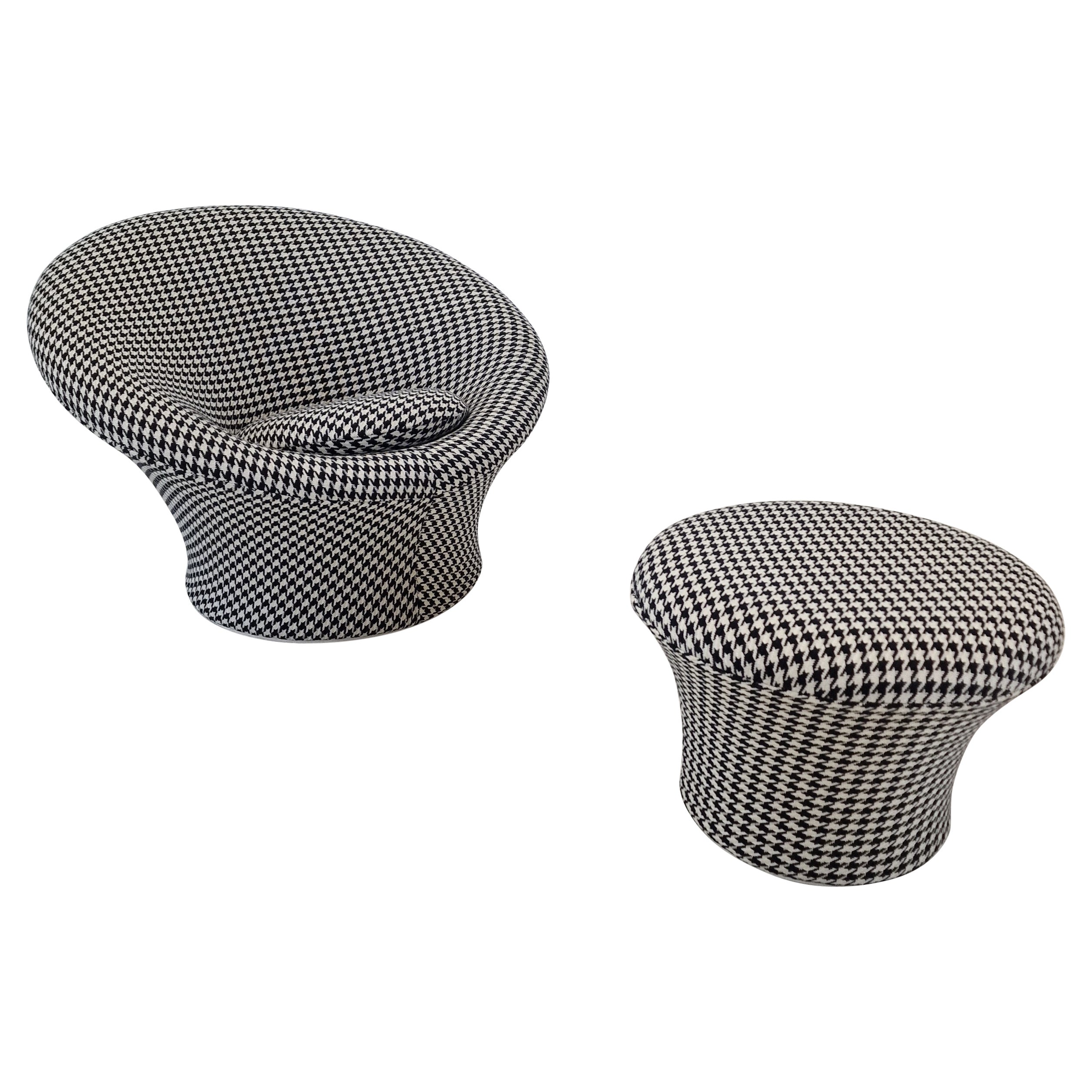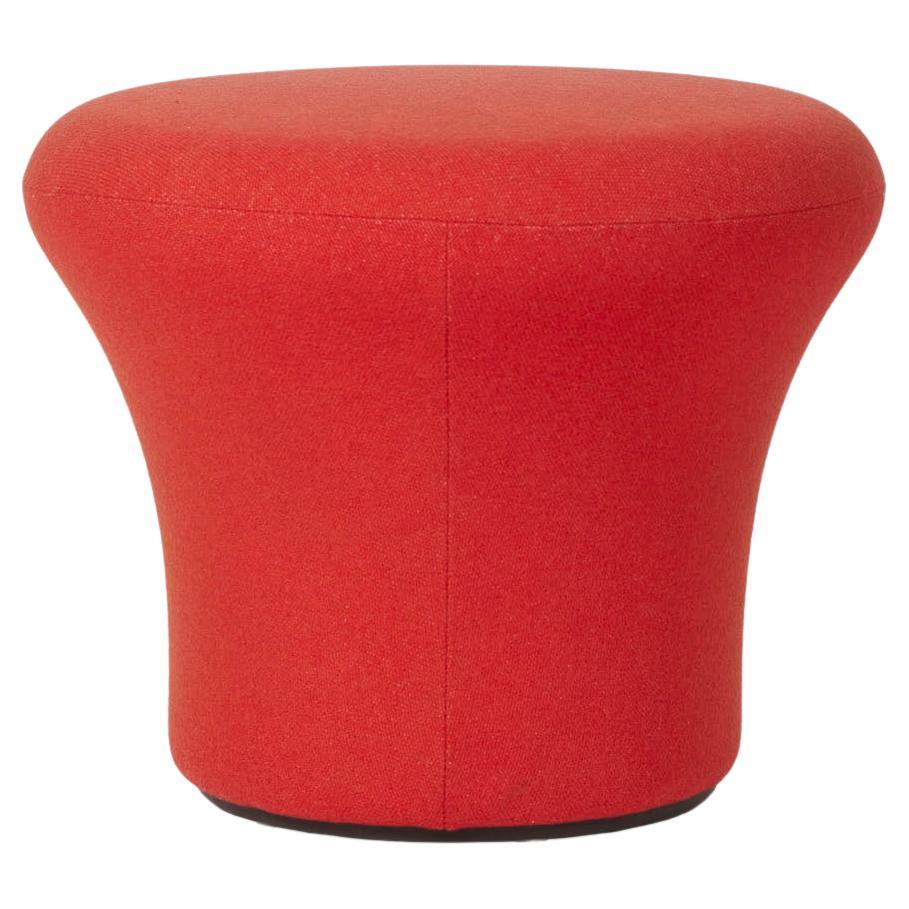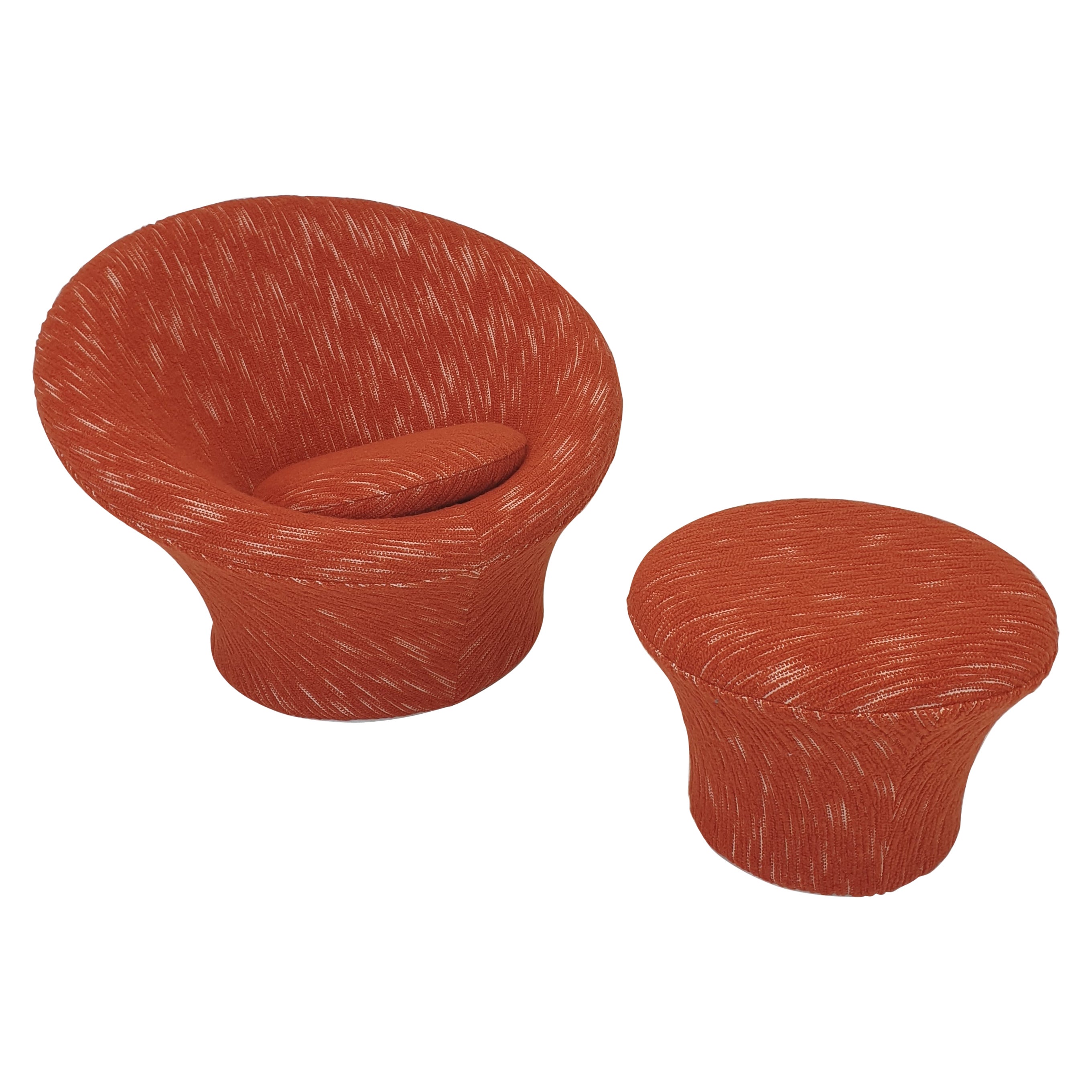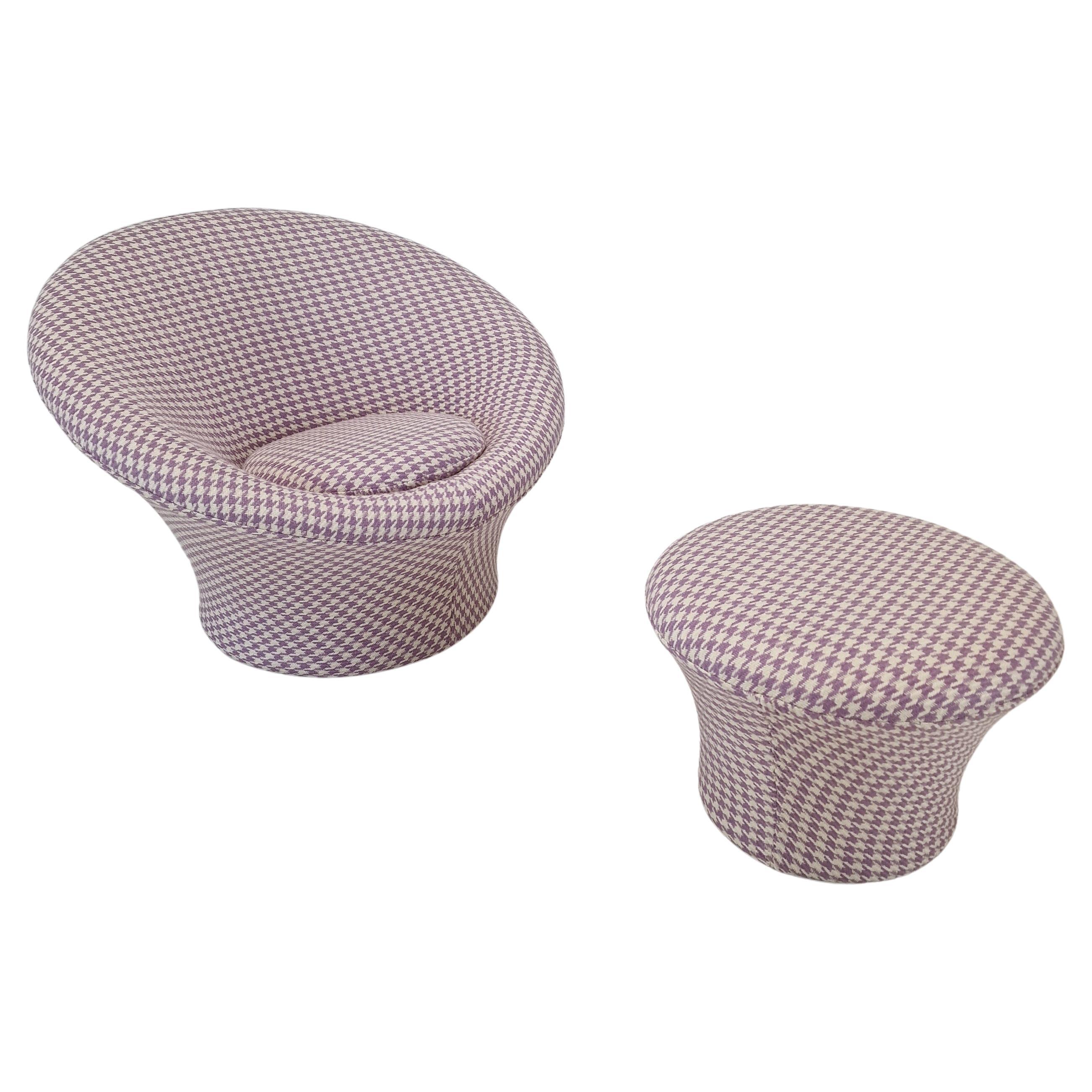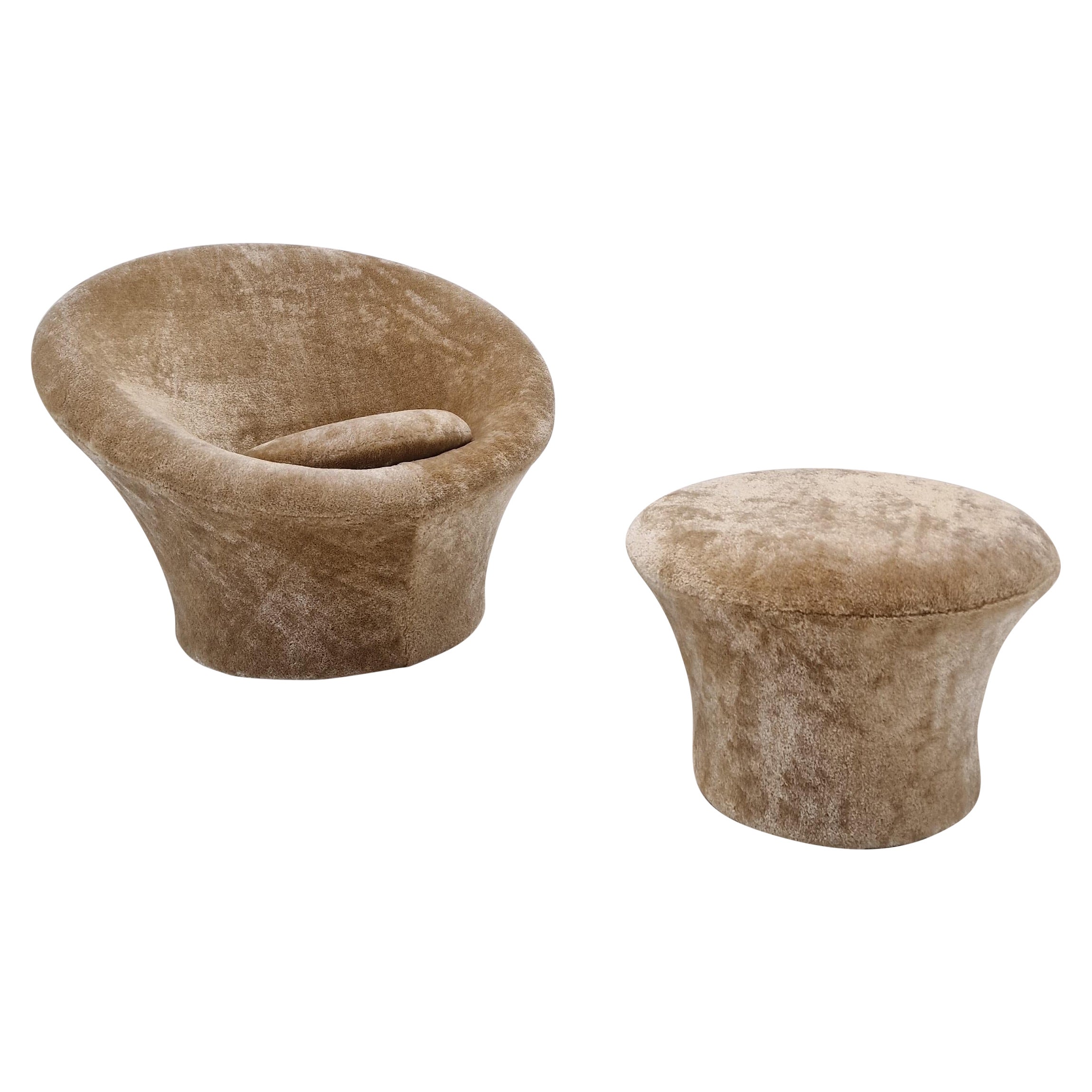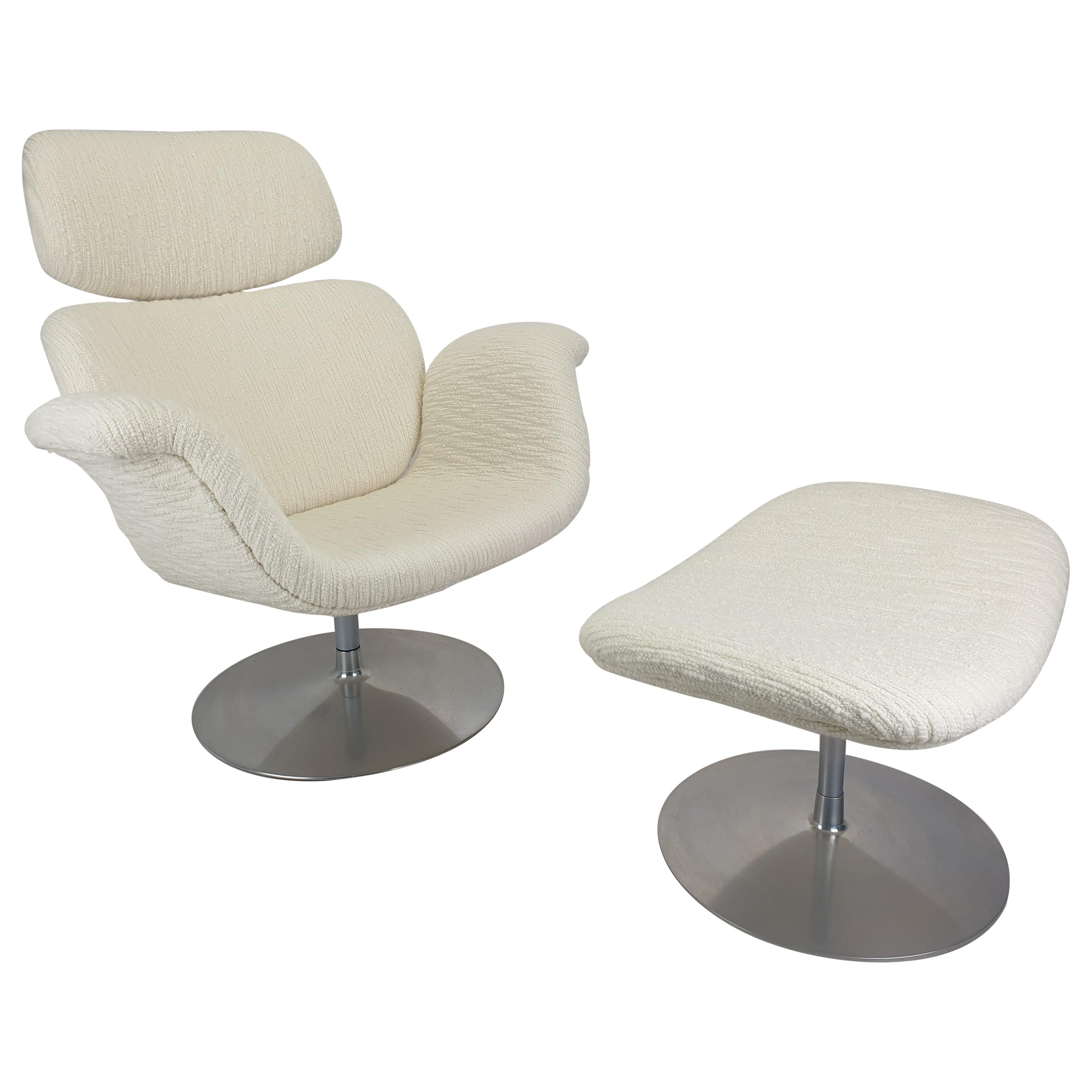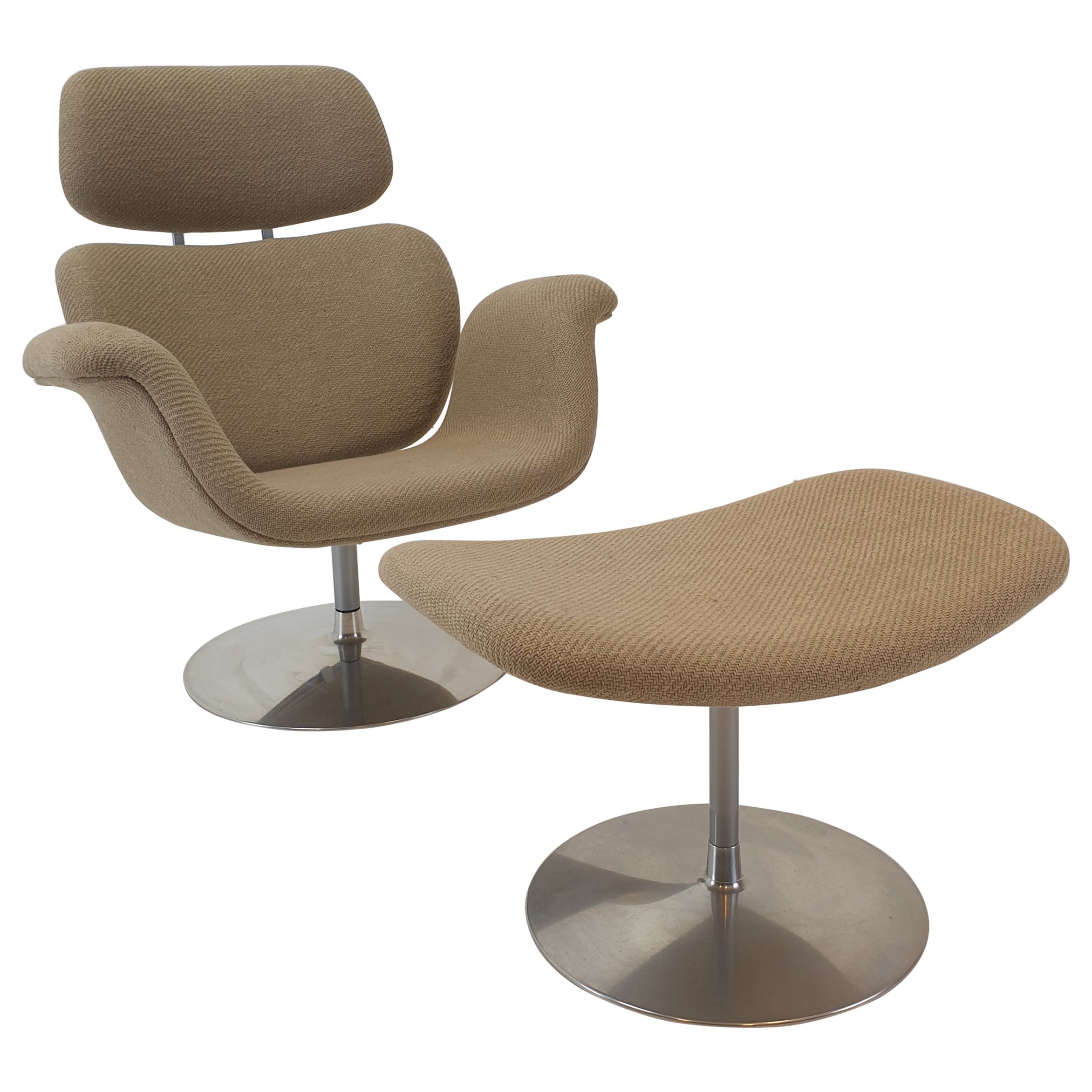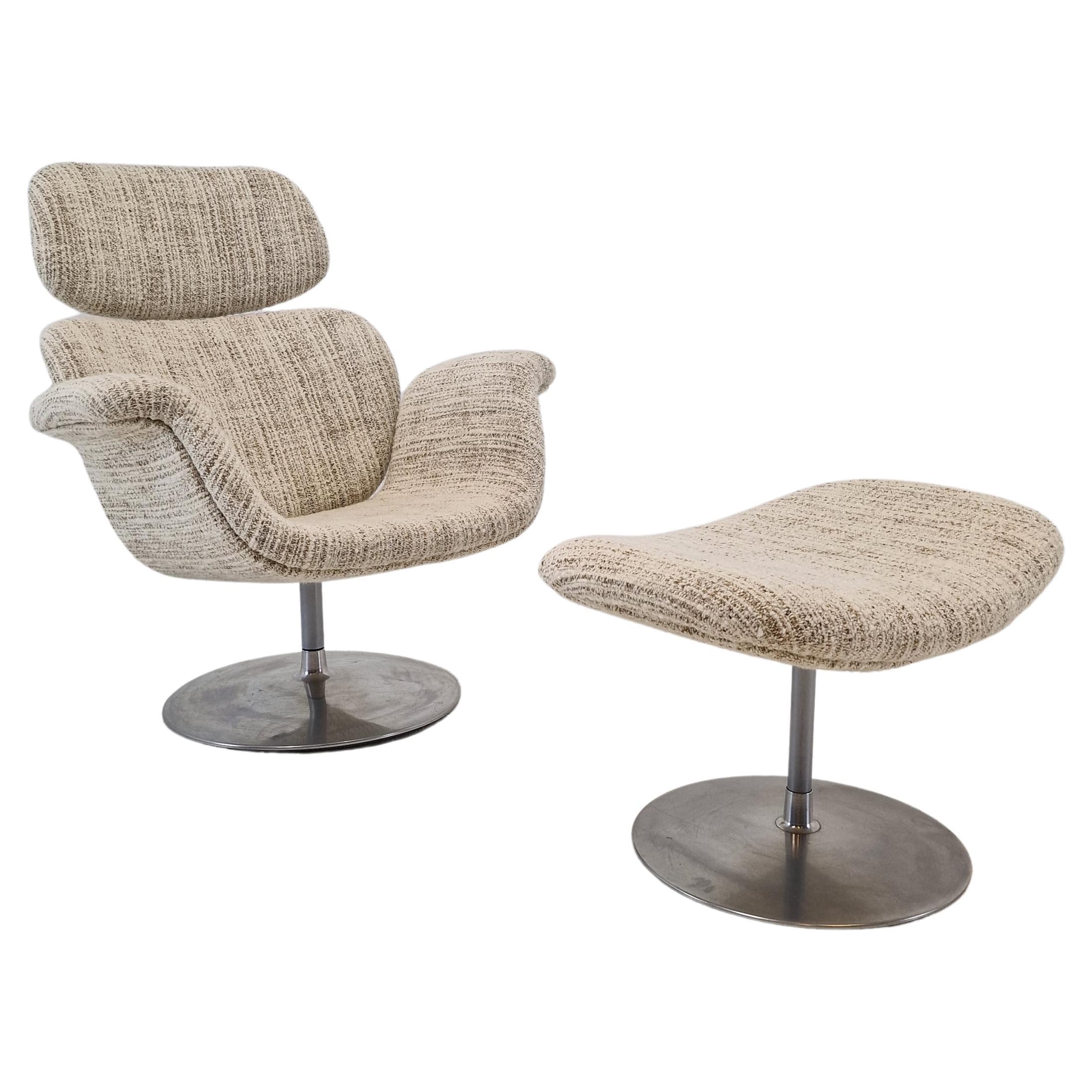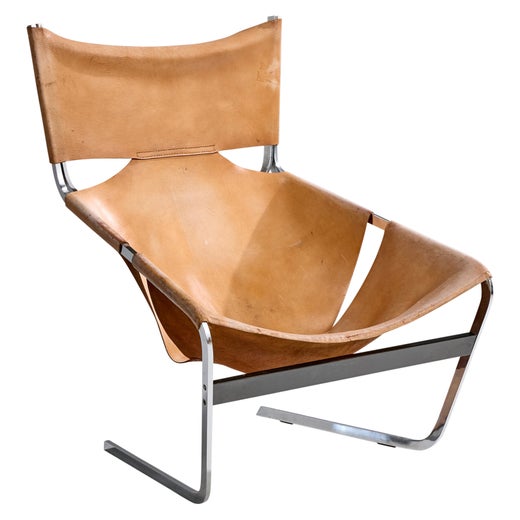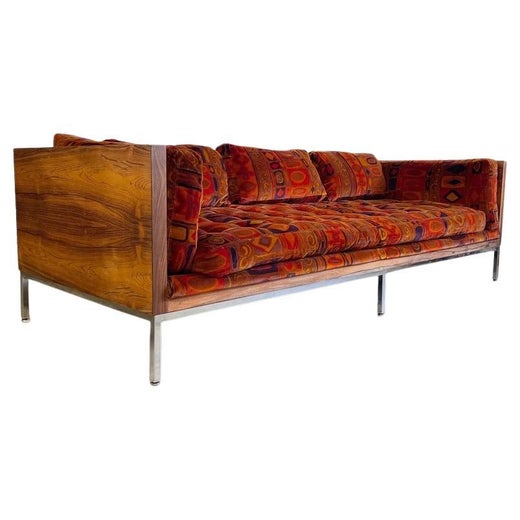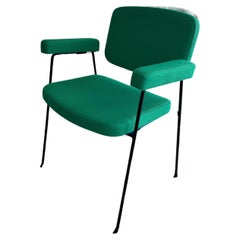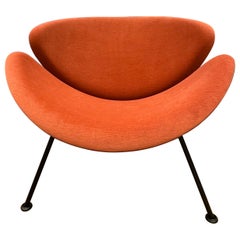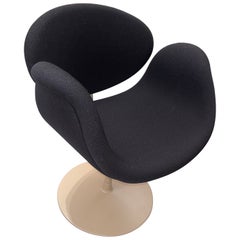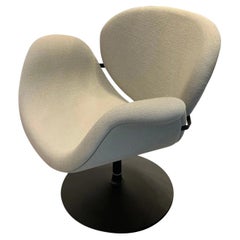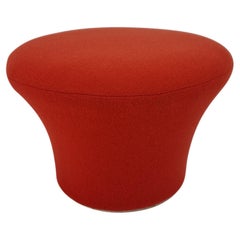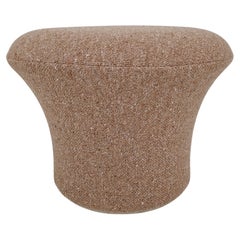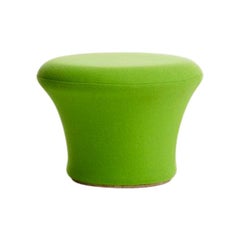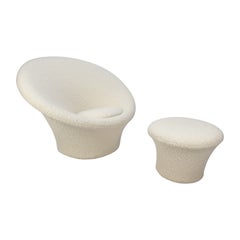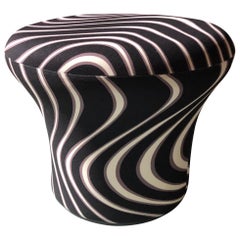
Artifort Classic Mushroom Pouf by Pierre Paulin
View Similar Items
Artifort Classic Mushroom Pouf by Pierre Paulin
About the Item
- Creator:
- Dimensions:Height: 15 in (38.1 cm)Diameter: 18.1 in (45.98 cm)
- Materials and Techniques:
- Place of Origin:
- Period:
- Date of Manufacture:2013
- Estimated Production Time:Available Now
- Condition:
- Seller Location:New York, NY
- Reference Number:1stDibs: LU3203113268522
Pierre Paulin
Pierre Paulin introduced a fresh breeze into French furniture design in the 1960s and ’70s, fostering a sleek new Space-Age aesthetic. Along with Olivier Mourgue, Paulin developed chairs, sofas, dining tables and other furnishings with flowing lines and almost surreal naturalistic forms. And his work became such a byword for chic, forward-looking design and emerging technologies that two French presidents commissioned him to create environments in the Élysée Palace in Paris.
Paulin was born in Paris to a family of artists and designers. He initially sought to become a ceramist and sculptor and was studying in the town of Vallauris near the Côte d'Azur — a center for pottery making, where Pablo Picasso spent his postwar summers crafting ceramics — but broke his hand in a fight. He enrolled at the École Camondo, the Paris interior design school. There, Paulin was strongly influenced by the work of Charles and Ray Eames, George Nelson and Arne Jacobsen, as was reflected in his early creations for the manufacturer Thonet-France.
It was at the Dutch firm Artifort, which he joined in 1958, where Paulin blossomed. In a few years, he produced several of his signature designs based on abstract organic shapes. These include the Butterfly chair (1963), which features a tubular steel frame and slung leather, and a group of striking seating pieces made with steel frames covered in polyurethane foam and tight jersey fabric: the Mushroom (1960), Ribbon (1966) and Tongue (1967) chairs. The revered designer not only introduced new construction techniques to Artifort furniture but contributed fresh materials, Pop art colors and dazzling shapes to the mid-century modern era as a whole.
In 1971, the Mobilier National — a department of France’s Ministry of Culture in charge of furnishing top-tier government offices and embassies — commissioned Paulin to redesign President Georges Pompidou’s private apartment in the Élysée Palace. In three years, Paulin transformed the staid rooms into futuristic environments with curved, fabric-clad walls and furnishings such as bookcases made from an arrangement of smoked-glass U shapes, flower-like pedestal chairs and pumpkin-esque loungers.
Ten years later, the Mobilier National called on Paulin again, this time to furnish the private office of President François Mitterand. Paulin responded with an angular, postmodern take on neoclassical furniture, pieces that looked surprisingly at home in the paneled, Savonnerie-carpeted Louis XVI rooms. As those two Élysée Palace projects show, Paulin furniture works well both in a total decor or when used as a counterpoint to traditional pieces. His creations have a unique personality: bright and playful yet sophisticated and suave.
Find vintage Pierre Paulin lounge chairs, armchairs, coffee tables and other furniture on 1stDibs.
Jack Lenor Larsen
Jack Lenor Larsen was a celebrated American mid-century modern textile designer born in Seattle. He fostered connections throughout the design and architecture industries beginning in 1950, and today, his influential eponymous design company is widely recognized for its muted hand-spun textured textiles. Larsen manufactured fabrics all over the world for more than six decades, using both traditional and modern weaving techniques.
Larsen initially studied in the architecture program at the University of Washington before he quickly realized he was instead interested in furniture design and interiors. He earned his MFA in 1949 from the Cranbrook Academy of Art — the go-to art school for design stars of the mid-20th century. The following year he moved and opened a studio in New York City where he launched his career.
For one of his first commissions, which was to design curtains for the Lever House — a New York City icon designed by Gordon Bunshaft and Natalie de Blois — Larsen created a linen and gold metal-themed weave to complement the building’s famed glass walls. He designed similarly magnificent textiles for the Phoenix Opera House, the Wolf Trap Theater and more.
Nowhere is Larsen’s profound impact on textile design more evident than at LongHouse Reserve, his house in East Hampton, New York. Modeled after a seventh-century Shinto Shrine, the home and its surrounding sculpture gardens opened to the public in 1992.
Larsen built LongHouse Reserve in collaboration with Charles Forberg. The property features sliding panels that showcase the revered artisan’s fabrics as well as works by Lucie Rie, Wharton Esherick, and Edward Wormley. The gardens feature sculptures by Willem de Kooning, Sol LeWitt and Yoko Ono.
Larsen had a solo exhibit at the Louvre in 1981. His work is held in the permanent collections of the Museum of Modern Art in New York, the Art Institute of Chicago and the Victoria and Albert Museum in London.
Find vintage Jack Lenor Larsen lounge chairs, sofas, and dining room chairs on 1stDibs.
More From This Seller
View All2010s Dutch Armchairs
Fabric
2010s Dutch Mid-Century Modern Chairs
Velvet
2010s Dutch Mid-Century Modern Chairs
Fabric
2010s Dutch Mid-Century Modern Lounge Chairs
Fabric
2010s Dutch Mid-Century Modern Lounge Chairs
Velvet
2010s Dutch Modern Ottomans and Poufs
Velvet, Wood
You May Also Like
Vintage 1970s Dutch Mid-Century Modern Ottomans and Poufs
Fabric, Wood
Vintage 1970s Dutch Mid-Century Modern Ottomans and Poufs
Fabric, Wood
21st Century and Contemporary Dutch Modern Ottomans and Poufs
Textile
Vintage 1960s Dutch Mid-Century Modern Armchairs
Bouclé, Foam, Wood
Vintage 1960s Dutch Mid-Century Modern Armchairs
Fabric
Mid-20th Century French Ottomans and Poufs
Textile
Recently Viewed
View AllRead More
At Château La Coste, Pierre Paulin’s Visionary Home Concept Finally Comes to Life
Now synonymous with 1960s and ’70s French chic, the designer conceived his modular modernist furnishings to change the way we decorate.
Exploring Our Current Obsession with Sixties Style
A new exhibition in Philadelphia stars a complex decade that continues to inspire.
